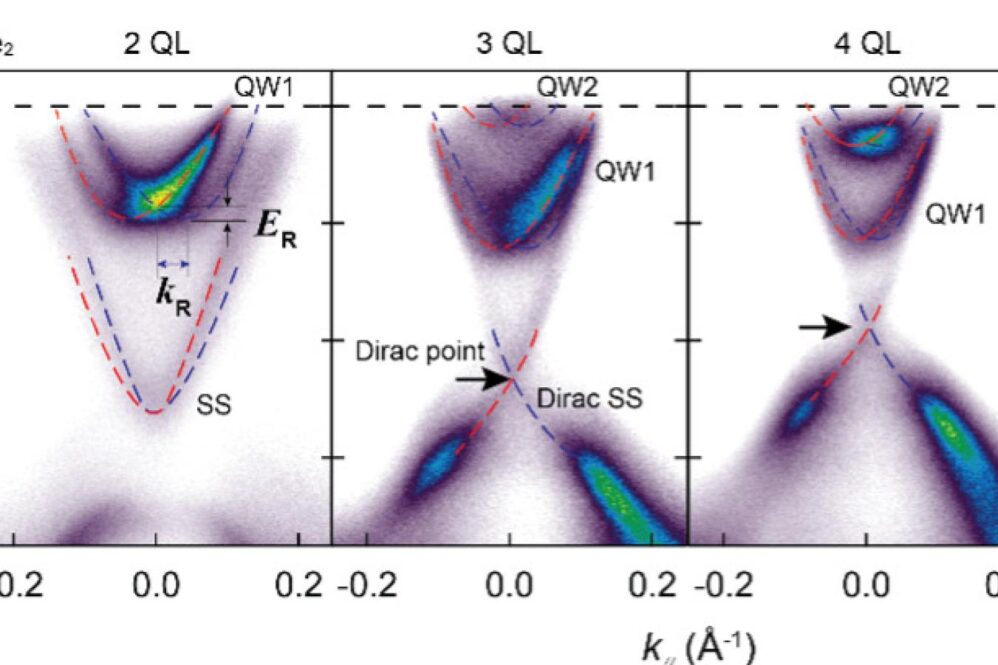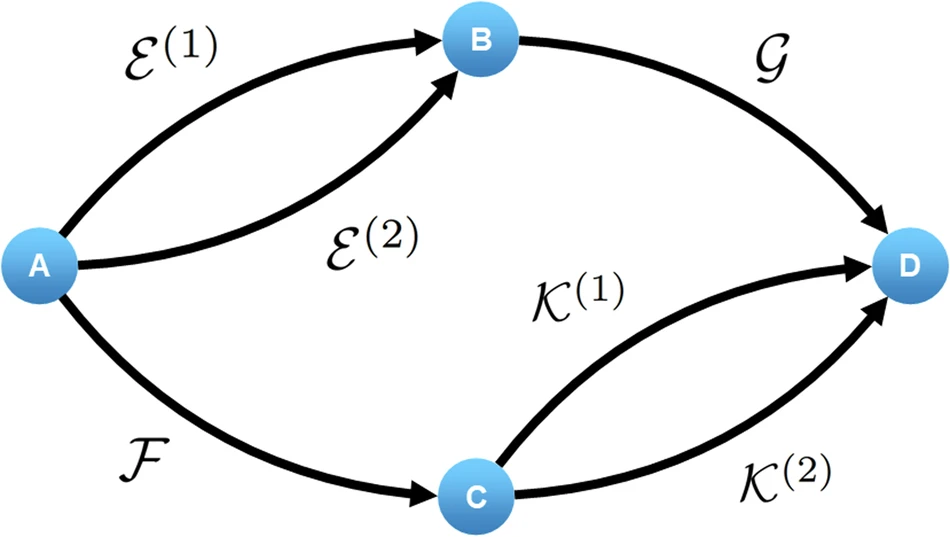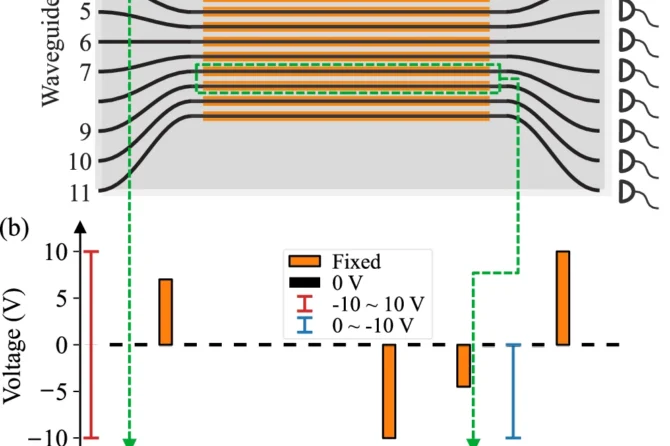Researchers at Penn State have developed a novel method to combine two remarkable materials—monolayer superconductors and topological insulators—creating an ideal platform to explore topological superconductivity. This advancement could revolutionize quantum computing by making it significantly more stable than current approaches.
The research team, led by Cui-Zu Chang, successfully tackled a persistent challenge in the field. While superconductors allow electrical current to flow without resistance and topological insulators restrict electron movement to their edges, combining these materials has historically caused one to lose its unique properties. Previous attempts had succeeded with three-dimensional bulk superconductors, but practical applications in quantum computing and smartphones would require two-dimensional materials.
Using molecular beam epitaxy, the researchers created a two-dimensional heterostructure by stacking bismuth selenide (a topological insulator) onto monolayer niobium diselenide (a superconductor). The breakthrough came through synthesizing these materials at very low temperatures, preserving both their topological and superconducting characteristics.
What makes this achievement particularly noteworthy is the presence of “Ising-type superconductivity” in the monolayer film. This phenomenon creates Cooper pairs of electrons that remain stable even when exposed to in-plane magnetic fields. By adjusting the topological insulator’s thickness, the researchers observed a fascinating transition from Ising-type to Rashba-type superconductivity, matching their theoretical predictions.
This heterostructure also provides an excellent environment for exploring Majorana fermions—elusive particles that could significantly enhance the stability of topological quantum computers. Chang expressed optimism about finding evidence of topological superconductivity in their ongoing work, noting that once they demonstrate Majorana physics, the system could be adapted for quantum computing applications.
“In superconductors, electrons form ‘Cooper pairs’ and can flow with zero resistance, but a strong magnetic field can break those pairs,” said Hemian Yi, a postdoctoral scholar in the Chang Research Group at Penn State and the first author of the paper. “The monolayer superconductor film we used is known for its ‘Ising-type superconductivity,’ which means that the Cooper pairs are very robust against the in-plane magnetic fields. We would also expect the topological superconducting phase formed in our heterostructures to be robust in this way.”
The research represents a significant step forward in quantum materials science, potentially paving the way for more efficient and stable quantum technologies in the future.
The team’s findings were published in Nature Materials.




